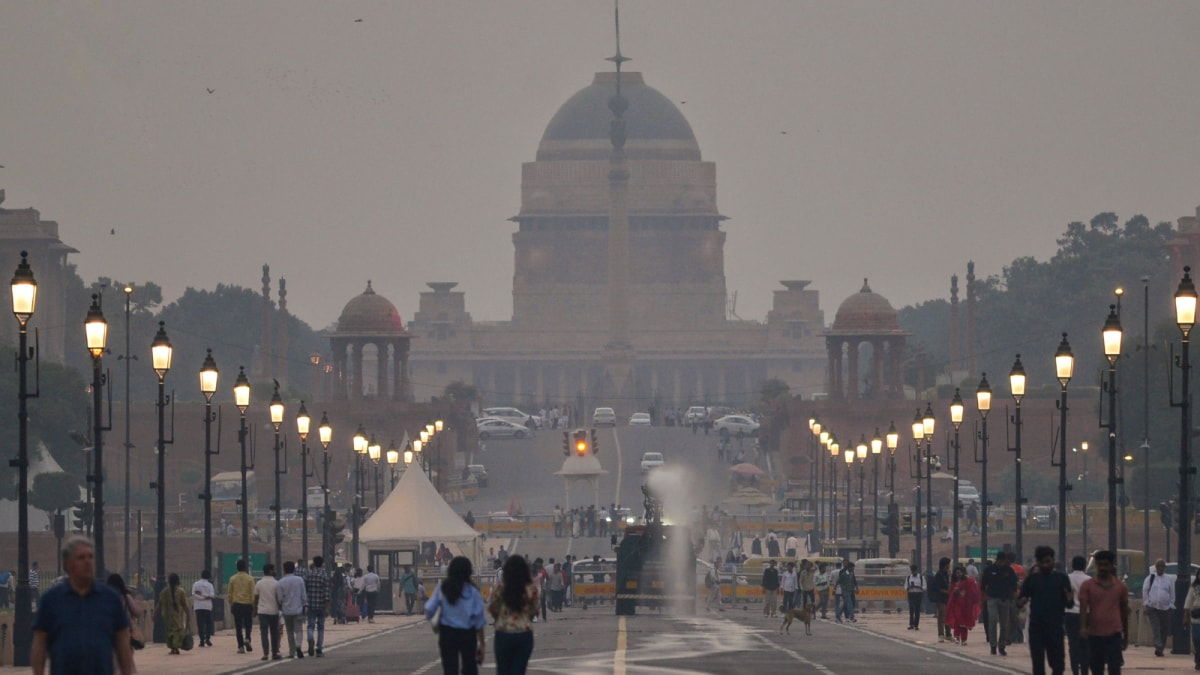Defending the Great Nicobar Island mega-infrastructure project at the National Green Tribunal on Thursday (October 30, 2025), the Union government argued that it is fully aware of the project’s likely impact on the biodiversity of the surrounding areas, positing that the main issue is whether the government is “alive to this or not”.
Noting that the government considers it its duty to undertake mitigation measures, Additional Solicitor General Aishwarya Bhati said that the Centre has mandated conservation and monitoring programmes to run for the next three decades as the project is developed. “We have brought in the best scientific resources available to man this, to take this forward, to carry out research and suggest mitigation, and guide us through the thirty years of this project,” she said, stressing that the project “is going to be a national asset”.

The submissions came in response to a batch of petitions that have challenged the environmental clearance issued for the ₹92,000 crore project, which will include a transshipment port, an international airport, a township, and a power plant to be built on more than 160 sq. km. of land. Of this, about 130 sq. km. is forest land inhabited by the Nicobarese and the Shompen communities, both Scheduled Tribes, with the Shompen categorised as a Particularly Vulnerable Tribal Group.

One petition, submitted by activist Ashish Kothari, challenges the clearances obtained for the project, citing violations of the Island Coastal Regulation Zone (ICRZ) notification, 2019 notification and inadequacies in the environmental impact assessment. In separate submissions, Mr. Kothari has also challenged the confidentiality of the High Powered Committee’s report, which was prepared as per the directions of the NGT Bench hearing the matter earlier.

Biodiversity impact
Making its arguments before the NGT Bench now hearing the matter, the Union government submitted that it had considered studies and research conducted over decades before mandating measures to translocate, conserve, and monitor the project activities’ impact on the biodiversity of the region.

Ms. Bhati quoted some of these studies, noting that while plans had been outlined for translocating over 16,000 of the 20,668 coral colonies that are under threat from the project’s activities, there is also a plan in place to ensure the monitoring of the remaining 4,500-odd coral colonies, so that decisions about their translocation can be taken when necessary based on observations. In addition, she submitted that there were about 51 active nests of the Nicobar megapode in the project activities’ area; though about 30 will be permanently destroyed, there were also plans in place to conserve the remaining nests.

“The government is aware of Galathea Bay’s location, which is at the tip of the Islands. It is not that the government is destroying biodiversity there. There is biodiversity all around the Islands, and the conclusion was that this region is the most suitable. All other nesting beaches of the leatherback turtles will be protected and conserved; resources have been earmarked for this,” Ms. Bhati argued.
She further submitted that similar plans have been devised for the conservation of several species of flora and fauna, including the saltwater crocodile, the Nicobar macau, and the mangrove forests. The government also submitted that the translocation of coral colonies was a tested exercise, with over 90% survival rates. It added that no tribal persons will be displaced or dispersed, noting that the project will only cover 1.82% of the whole island’s archipelago area, which amounts to about 18% of the Great Nicobar area, still leaving GNI with over two-third of its land mass as forests.
Conservation plans till 2052
The Centre also defended the environment clearance granted for the project, which has mandated detailed measures to study, research, and monitor the biodiversity of the region as the project is developed, calling it “an alive document” that prescribes conservation measures till 2052.
The government submissions also highlighted that three new wildlife sanctuaries have been sanctioned to conserve endemic species, and two all-weather research stations are also being mandated on the Islands to monitor biodiversity and suggest interventions.
The Centre noted that the high-powered committee’s report on the terms of reference indicated by the NGT had been kept confidential because parts of the project are defence-related. It insisted that the committee had re-examined all issues with regard to the challenge made to the environmental clearance and not just the three points raised by the NGT. In addition to the three monitoring committees mandated for pollution, biodiversity, and tribal welfare, the panel has also mandated the creation of an overarching committee to coordinate the monitoring work of these three committees.
One expert member on the NGT Bench noted that there needs to be more independence for the monitoring committee for tribal welfare, as it currently includes only members of the Andaman and Nicobar administration. The Union Tribal Affairs Secretary or his representative should also be included in this monitoring committee, the member said.
The next hearing in the matter has been set for November 7.

 3 hours ago
4
3 hours ago
4








 English (US) ·
English (US) ·